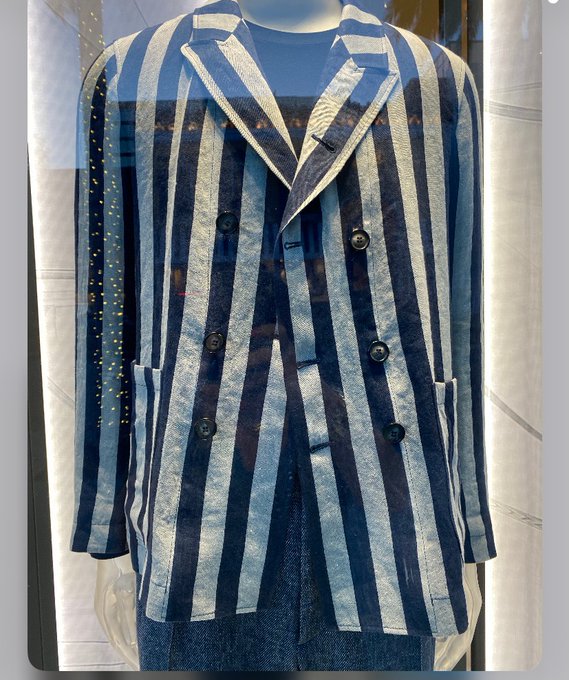 Rosie Glaser (1914-2000) jako szesnastolatka. W Auschwitz, dokąd trafiła w 1943 r., została poddana pseudomedycznym eksperymentom: Kazano mi się rozebrać i położyć na leżance z podpórkami pod kolana, które utrzymywały moje nogi w pozycji rozchylonej…. Lampy świeciły jasno, a kiedy… (Archiwum)
Rosie Glaser (1914-2000) jako szesnastolatka. W Auschwitz, dokąd trafiła w 1943 r., została poddana pseudomedycznym eksperymentom: Kazano mi się rozebrać i położyć na leżance z podpórkami pod kolana, które utrzymywały moje nogi w pozycji rozchylonej…. Lampy świeciły jasno, a kiedy… (Archiwum)
 Żydzi między Holendrami
Żydzi między Holendrami
Paweł Smoleński
Zacznijmy od Rosie Glaser, dziewczyny pięknej i uwodzicielskiej, nauczycielki tańca, niezależnej i wyzwolonej Europejki, nawet jeśli do lat 30. i 40. ubiegłego stulecia przyłożymy współczesne kryteria. Rosie pochodzi z całkowicie zasymilowanej, świeckiej rodziny niemiecko-holenderskich Żydów, jest zbuntowaną młodą kobietą, najpewniej trochę trzpiotką i kokietką. Uwielbia romansować, a konwenanse warte są dla niej funta kłaków. Szybko opuszcza dom rodzinny, wychodzi za mąż, ale w katastrofie lotniczej gdzieś w dalekiej Azji traci ukochanego, znajduje drugiego męża (który okaże się świnią i donosicielem) i niemal równolegle kochanka (też świnię). Podczas okupacji prowadzi szkoły tańca dla kilkuset osób i ani myśli poddać się hitlerowskim przepisom rasowym, a więc nie nosi gwiazdy Dawida przyszytej do płaszcza lub żakietu, pracuje na swoim, chodzi na plażę i do kawiarni, bywa w kinie, słowem – robi wszystko to, czego Żydom robić nie wolno.
Drugi bohater tej książki to jej autor Paul Glaser, praktykujący katolik, który pewnego dnia zauważa, że jego ojciec – również katolik i stuprocentowy Holender – ma na drugie imię Samuel. Coś zaczyna mu trzeszczeć w trybach, stawia pytania, na które nie znajduje odpowiedzi, a kiedy przypadkiem spotyka w Brukseli pewnego Belga o takim samym nazwisku, układanka powoli się wyjaśnia. Paul będzie już dorosłym, dzieciatym człowiekiem (mamy ostatnie dekady XX w.), gdy zada staremu ojcu pytanie: “Czy my jesteśmy Żydami?”.
Ojciec potwierdzi jednym zdaniem i w zasadzie nic więcej nie powie, nie licząc ostrzeżenia, że bycie Żydem to i dzisiaj spore ryzyko, więc niech lepiej Paul nie nanizuje na jedną nitkę porozrzucanych paciorków rodzinnego naszyjnika, niech nie szpera, a przede wszystkim niech lepiej milczy, bo jeszcze ktoś z jego żydostwa zrobi nieprzyjemny użytek. Obawy ojca okazały się niebezpodstawne, o czym młodszy Glaser przekona się, gdy pierwszy raz w życiu pójdzie do synagogi. Powtórzmy, że ten fragment dokumentalnej w końcu książki dzieje się w tolerancyjnej, otwartej Holandii końca ubiegłego stulecia.
W wyniku donosu Rosie trafia w końcu do holenderskiego obozu pracy, a potem do Auschwitz. Przeżyje, gdyż zostanie wybrana do grupy kobiet, na których niemieccy lekarze dokonują medycznych eksperymentów (jeden z jej oprawców włączy rezultaty swoich “badań naukowych” do dorobku zawodowego), a później w Birkenau przy muzyce puszczanej z płyt uczy esesmanów i nadzorczynie więźniów ze służby pomocniczej SS-Aufseherin tańczyć walca czy fokstrota. Cudem przetrzyma marsz śmierci, gdy esesmani pędzili więźniów na zachód, dotrze do Szwecji, gdzie w końcu zostanie na zawsze. Ma – jak wspomina – szczęście, ale też odwagę.
“Tańcząc z wrogiem” to również opowieść o przedwojennej, wojennej i powojennej Holandii. Ta pierwsza wpatruje się w kiełkujący w Niemczech nazizm i coraz głośniej wyraża opinię, że Hitler może nie taki w końcu straszny, że Holendrom przydałoby się więcej porządku i nacjonalizmu, a “kwestię żydowską” należy raz, a dobrze rozwiązać. Puchną szeregi holenderskich nazistów, w prywatnych i publicznych rozmowach pojawiają się pytania, co się stanie z Żydami, gdy nowy porządek postawi wreszcie rozlazłą Holandię na właściwym miejscu.
Wojenna Holandia korzysta z prosperity gospodarczej, ludziom żyje się lepiej, również dlatego, że można donieść na żydowskiego sąsiada i zagrabić jego mienie. Nie ma co zawracać sobie głowy sumieniem, skoro tak jak Niemcy należymy do rasy germańskich nadludzi, no i z władzą nie warto zadzierać.
Trzecia Holandia przerabia wojenne dziedzictwo, ale tak, by specjalnie nie bolało. Holenderka niemieckiego pochodzenia dostaje z automatu po głowie, choć nieraz ocaliła Rosie przed wywózką, dawni kolaboranci żyją sobie spokojnie, jeśli nie liczyć kilku miesięcy powojennej izolacji. Rosie Glaser musi się użerać z urzędami, dowodzić swoich krzywd, ale też zostaje wezwana do zapłacenia zaległych podatków, bo fiskus nie zamierza się przejmować, że Niemcy skonfiskowali majątek Glaserów, a ojciec siedział w obozie i zginął w Holocauście, więc jak miał płacić.
No i Rosie nie dzieli ludzi podług ras i narodowości, lecz ciągle podkreśla, że liczą się charakter oraz serce. Po wojnie szuka i tych, którzy jej pomogli, i tych, którzy ją skrzywdzili. Pierwszym dziękuje, drugim patrzy w oczy. Nie dostrzega zbyt głębokiej refleksji. W jej opowieści szubrawiec nazwany jest szubrawcem, nazista – nazistą, łajdak – łajdakiem, zaś człowiek prawy – człowiekiem prawym. Może to być nawet Niemiec noszący mundur SS i może to dziać się nawet w Auschwitz. Dziwne, lecz Rosie Glaser jest jak najbardziej wiarygodna.

“Tańcząc z wrogiem”
Paul Glaser, przełożył Norbert Radomski
Dom Wydawniczy “Rebis”, 2015
Książka jest też do nabycia w formie e-booka na: publio.pl
Zawartość publikowanych artykułów i materiałów nie reprezentuje poglądów ani opinii Reunion’68,
ani też webmastera Blogu Reunion’68, chyba ze jest to wyraźnie zaznaczone.
Twoje uwagi, linki, własne artykuły lub wiadomości prześlij na adres:
webmaster@reunion68.com





 Roz Rothstein @RozRothstein
Roz Rothstein @RozRothstein